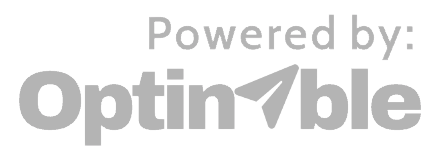When was the last time you felt invigorated by your work? The pace of projects and race to value should energize our days, but instead many of us end each week feeling disappointment instead of – achievement. Why is that? In a word: Change.
Let’s be realistic for a moment: It’s no longer about competing priorities, it’s about constantly changing priorities. It’s about barely making it through the finish line on your last project before you’re being requested to go back and modify all the modifications that were just made. Retailing changes fast, faster than any one technology can keep up with. Which is why the Oracle Retail Cloud is designed to outpace that change by providing you with needed functionality before you realize you need it, and enabling it in your application before you know to ask for it.
Software-as-a-service is not new. Hosted infrastructure is not new. Upgrading to Oracle Retail V16 or V17 in the Cloud probably sounds a lot like doing that, but it’s more than hosting and it’s more than turnkey software: It’s an opportunity to harness the power of change as something your organization drives towards instead of constantly trying to catch up to.
All projects have the ability to provide transformational change, which I define as changes in behavior, but most stop short by focusing only on changing processes (transactional change). An upgrade to Oracle Retail V16 or V17 in the Cloud is uniquely positioned to drive transformational change because it requires evolving behavior to leverage known, leading processes to achieve business goals instead of evolving a system to execute existing, potentially stale, procedures. Sound like a tall order? It won’t be easy, but with a few basic actions centered on consistent communication, you can be put yourself and your organization on the path of using change to revitalize your Oracle Retail project.
Action 1. Hit ‘em with a WIFM (What’s in it for me?)
Start the change journey with a concise message of why the organization is changing, and why it matters to them. Create this Case for Change as the central rallying point for the rest of the project, and tailor the resulting communications and activities by stakeholder group: Frontline staff are likely to be most interested in the opportunity to improve skills through training as a way to enhance their careers, while middle managers will appreciate processes and controls that enable them to take part in the decision-making. Both groups want to know what’s coming, but the level of detail shared should be appropriate for the influence and impact the group should expect.
Action 2. Walk the walk
Since transformation is focused on behavior, it is important that everyone “walk the walk” and not only “talk the talk”. Start by communicating new terminology to the management team, and ask they incorporate it into daily conversations as it makes sense. Inform managers of anticipated change impacts early, and provide process training that highlights what is likely to change, and recognizes the effect these changes may have upstream and downstream. Ask all impacted teams to proactively plan for and adopt to new ways of working. For example, if you know an antiquated but well-loved metric will lose meaning in the new world, start articulating how you will think about your business differently once you have access to improved information. There is nothing more powerful to an organization’s perception of behavioral change than a senior leader publicly stating how they plan to change, and then leading by doing.
Action 3. Plan for Resistance
Not everyone will welcome new ways of working with open arms. People may resist change because:
- They do not want to lose control
- They have other, more immediate motivators
- They oppose disruption to the status quo
Do not diminish these feelings. There will be people who are negatively impacted by the change, and things will not always go as planned. As a change leader, your role is not to minimize change nor to please everyone, but rather to help people through it as you work together towards improving business outcomes. The benefits of migrating to the cloud as you upgrade to Oracle V16 or V17 will be realized by those who fully commit to the concept of change: It’s all around us, breath it in, and enjoy the chance to do something truly new.



